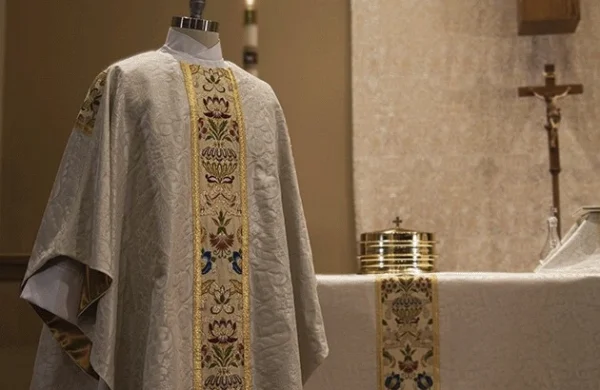
In a world where truth seems as changeable as the weather, one institution has stood unmoved for two millennia. When Roman emperors demanded compromise, they chose death. When medieval powers sought control, they chose exile. Today, as culture demands conformity, the Church faces its ancient question once again: Will we transform the world, or will the world transform us? Discover why the Church’s unchanging mission matters more now than ever…
Like this:
Like Loading...
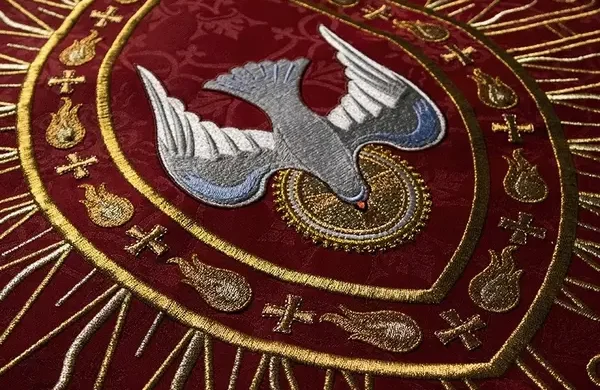
Feel like your past is too heavy to carry? God’s love has the power to heal every wound and wash away every stain. This heartfelt message shows you how His amazing grace can transform your life from the inside out, turning your scarlet past into snow-white hope.
Like this:
Like Loading...

That mysterious golden ring floating behind saints isn’t just artistic decoration. From ancient emperors to medieval churches, these glowing halos tell an incredible story of power, divinity, and artistic innovation that shaped religious art. Discover the fascinating behind Christianity’s most luminous symbol…
Like this:
Like Loading...
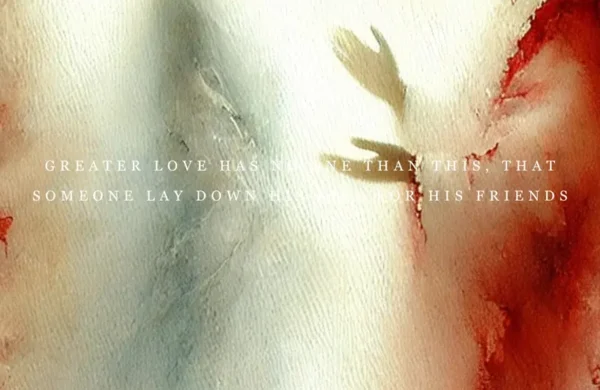
And his choice still whispers through centuries, challenging us to remember that true love – the kind that defies emperors and transcends time – isn’t found in cards or chocolates, but in the courage to stand for what we hold dear.
Like this:
Like Loading...
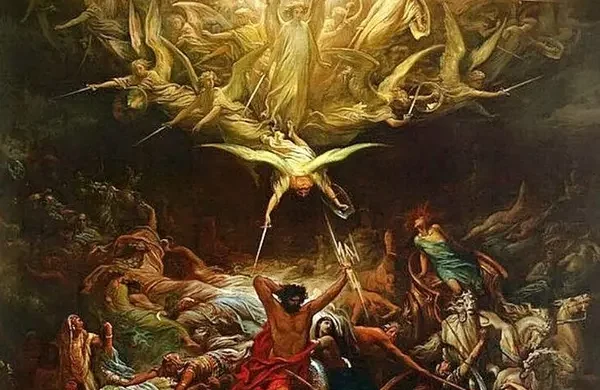
The transformation of ancient Rome from a pagan empire to a Christian civilization marks one of history’s most profound religious and cultural revolutions. From Jupiter’s temples to Christian churches, this journey reshaped Western civilization.
Like this:
Like Loading...
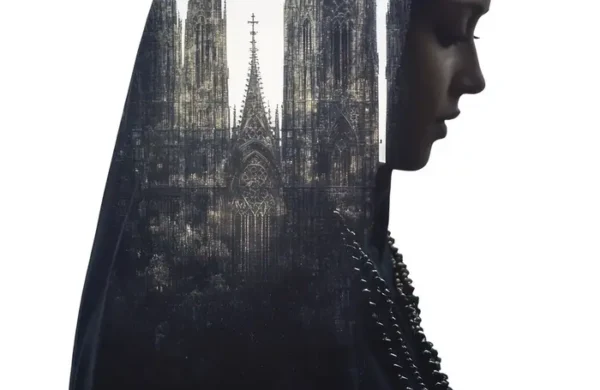
Discover how medieval cathedrals transformed into living Bibles, where stone and light tell the story of faith. From Florence’s magnificent dome to Paris’s golden mosaics, explore how sacred architecture became the Fifth Gospel—teaching divine truths through visual splendor. Journey through centuries of architectural evangelism where every arch, column, and stained-glass window preaches silent sermons to believers and non-believers alike
Like this:
Like Loading...
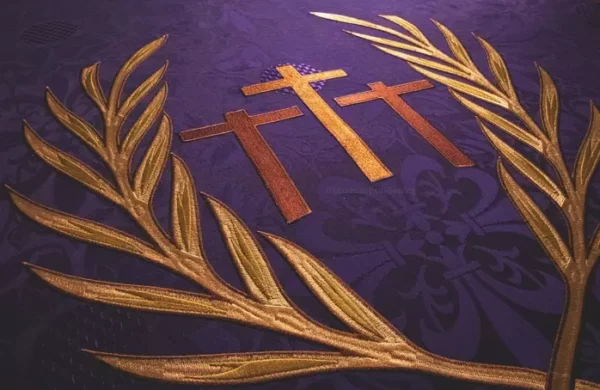
Revelation 3:10-11 offers a timeless message of faith and perseverance, promising God’s protection amidst trials. It emphasizes the importance of holding onto traditions and core beliefs in a changing world. This passage encourages Christians to stay steadfast and hopeful, knowing that God’s promises endure.
Like this:
Like Loading...
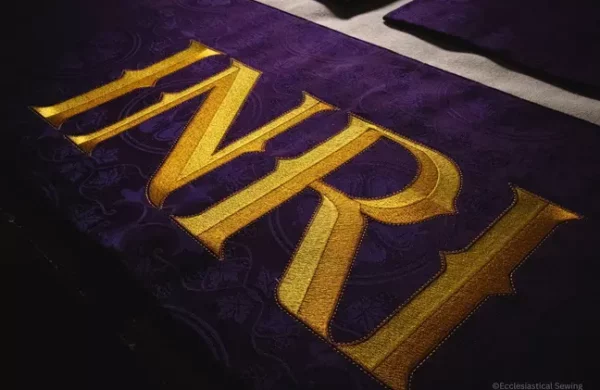
INRI, Latin for “Jesus of Nazareth, King of the Jews,” was the inscription placed above Jesus during his crucifixion by Pontius Pilate, the Roman leader. It symbolizes the irony of Jesus being mocked as a king despite fulfilling prophecies as the Messiah.
Like this:
Like Loading...
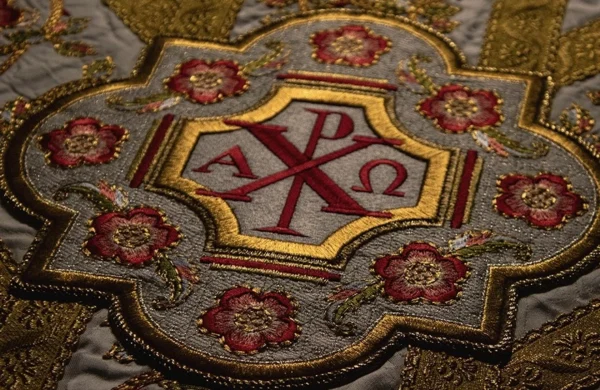
Discover the legendary night in 312 AD when a divine vision changed the course of history. Emperor Constantine’s encounter with the mysterious Chi-Rho symbol before a crucial battle not only led to an unlikely victory but transformed the Roman Empire’s relationship with Christianity forever. From battlefield miracle to sacred symbol, explore how this ancient story continues to resonate in modern Christian worship
Like this:
Like Loading...
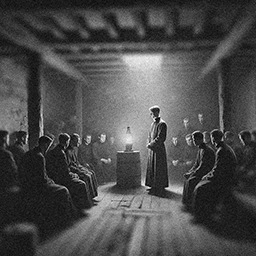
In a small German seminary, a young pastor and his students dared to keep their faith alive under Nazi watch. Through dawn prayers and secret meetings, they showed how hope could survive in the darkest times. This is the story of their courage, their faith, and their ultimate sacrifice.
Like this:
Like Loading...
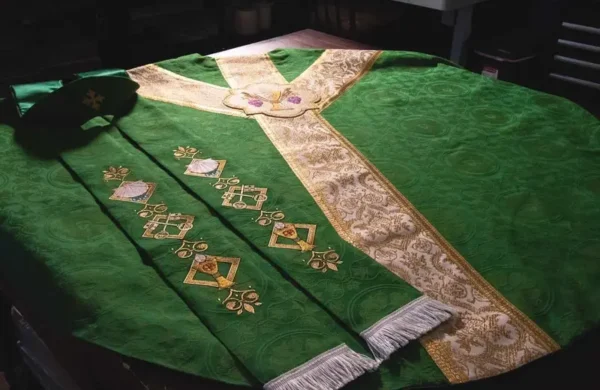
Discover how Andrew’s simple decision to follow Jesus Christ transformed Christianity. Learn valuable lessons about faith, discipleship, and finding your divine purpose in this inspiring biblical story.
Like this:
Like Loading...
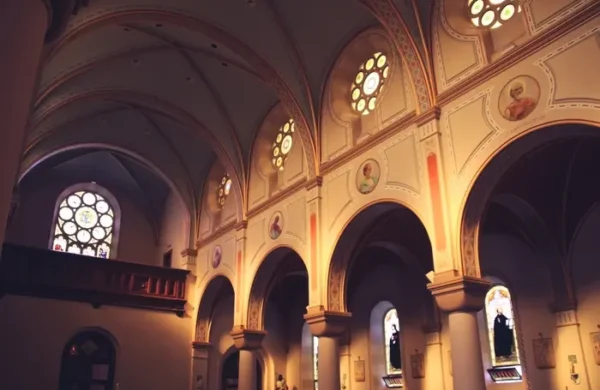
“Why make churches beautiful when people are in need?” I’ve heard this question more times than I can count. Let’s explore the profound wisdom behind church beauty – it’s deeper than most people realize it.
Like this:
Like Loading...
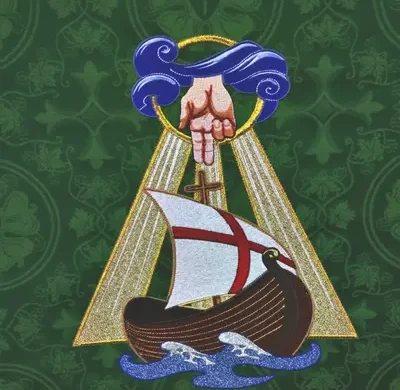
Discover how this divine encounter in the waters of baptism continues to ripple through time, transforming lives and revealing the heart of God’s plan for His beloved children.
Like this:
Like Loading...
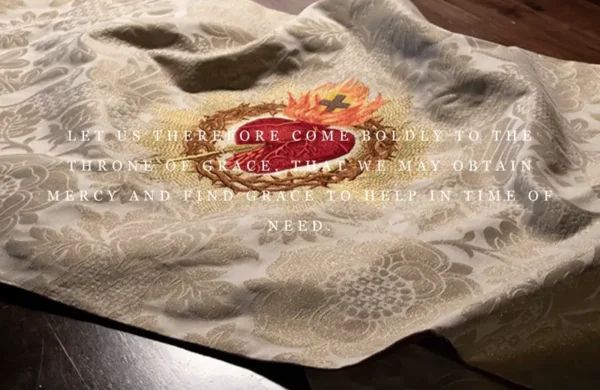
The humeral veil is a long, rectangular vestment that drapes over the shoulders (from the Latin humerus, meaning shoulder) and hangs down the front and back. Often ornate with embroidery or clasps, it’s as beautiful as it is meaningful.
Like this:
Like Loading...
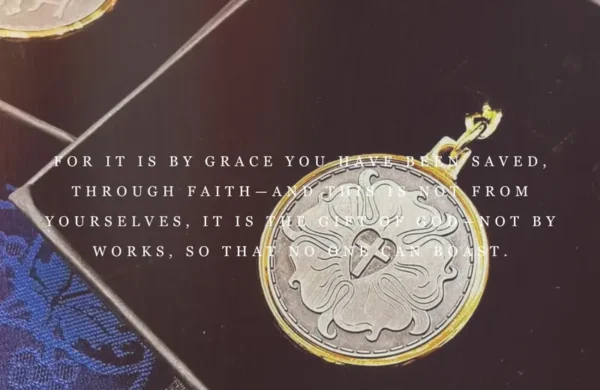
The story of how our Luther Rose Keychains found their way to you earlier than planned. Only 50 pieces available – each one a conversation starter about faith. Will you be among the first to carry this legacy?
Like this:
Like Loading...

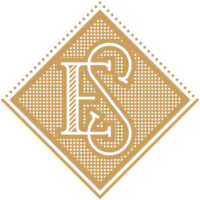














You must be logged in to post a comment.